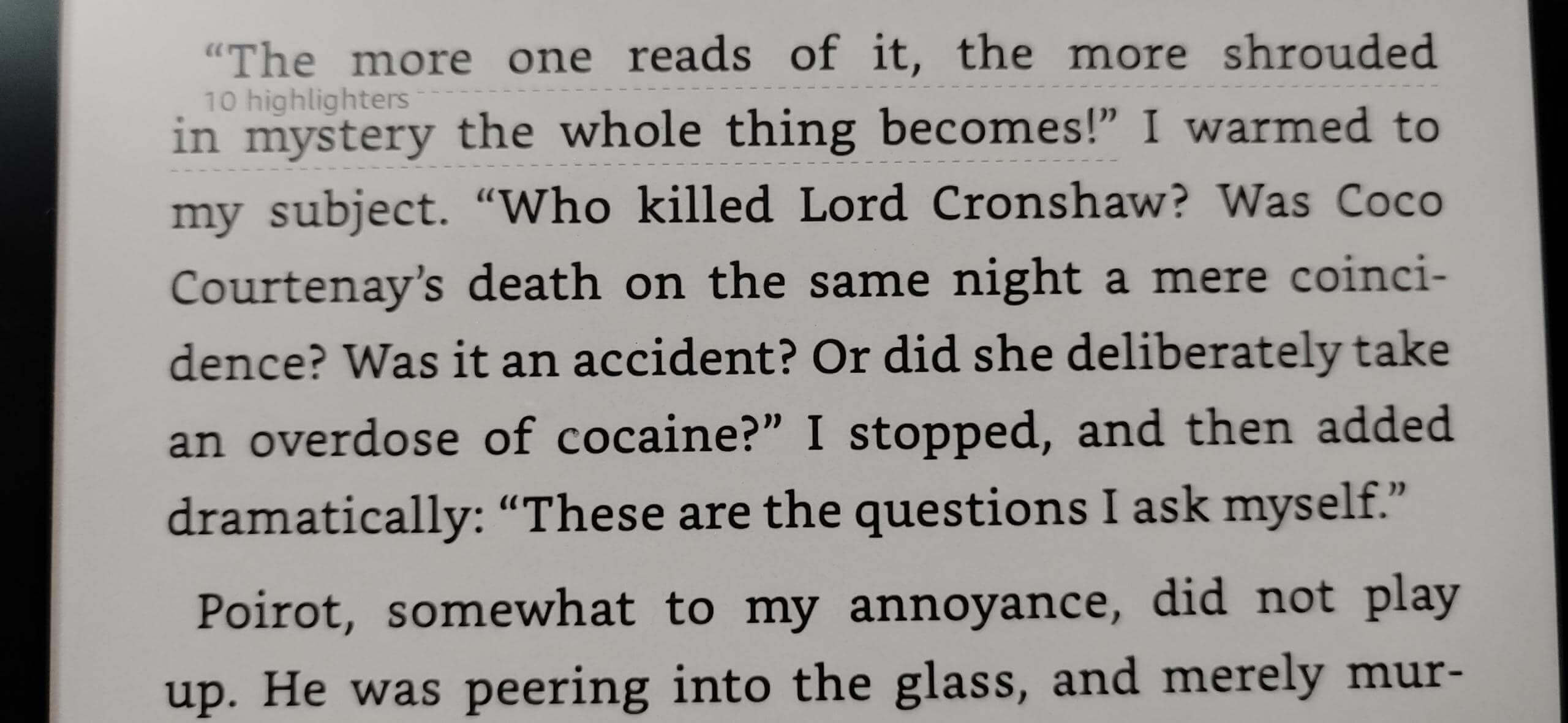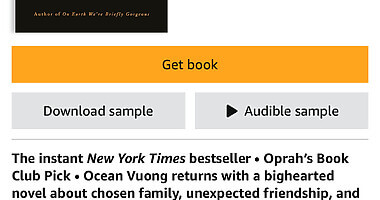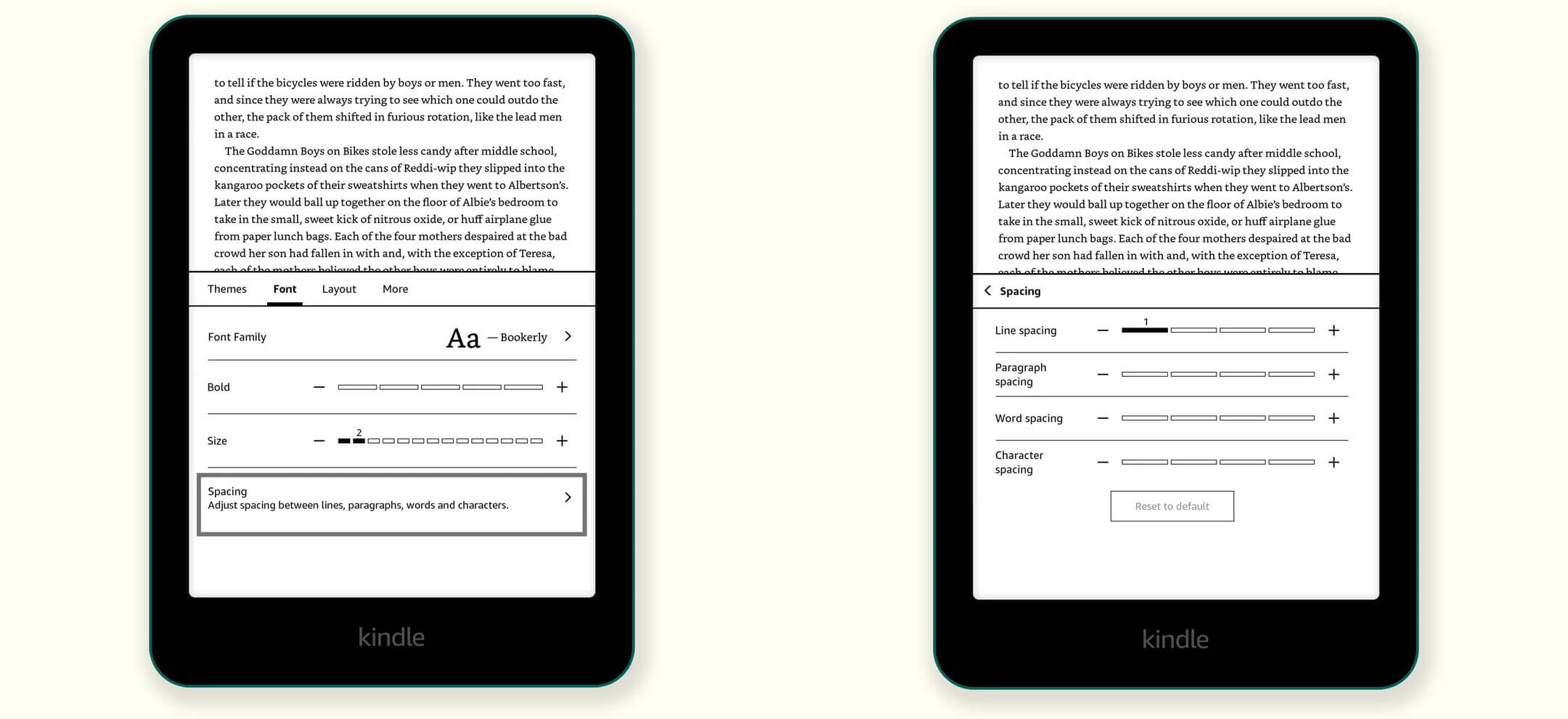In the realm of digital reading, Kindle’s “Popular Highlights” can well be considered a double-edged sword. While on one hand, it offers insights into collective reading habits, the same also raises concerns about its possible impact on individual reading experiences.
When more than ten people highlight a particular passage in an e-book, it gets shown as underlined text when you are reading the same book. There is also an accompanying note stating the number of highlighters. While this feature intends to foster a sense of community among readers, it brings forth a set of challenges that, as HowToGeek mentioned, may compromise the very essence of the reading experience. Read on to find out more.
Here is why the feature may not be liked by many:
One significant drawback of Popular Highlights is that it can negatively impact the flow of your reading. In other words, your reading experience might not be as immersive as with the feature turned off. Imagine delving into the pages of your favorite book, only to encounter underlined text proclaiming the popularity of a specific sentence. This might seem like an unwanted intrusion into the imaginary world that readers seek to dive into with each book they read.
Equally concerning is the fact that Popular Highlights might inadvertently impact your independent thinking. While it is true a highlighted passage might be significant to many, the personal connection to the text is diluted when it’s pre-labeled as collectively important. The joy of discovering profound insights or resonating with a particular phrase on an individual level diminishes under the influence of these predetermined markers.
Moreover, the susceptibility to external influences becomes apparent, especially in an educational setting. Take for instance a teacher asking the students of a single high school class to highlight a specific passage that could potentially echo across every copy of that Kindle book worldwide. This centralized control over what is highlighted raises questions about the diversity of perspectives and interpretations that should flourish in the realm of literature.
Besides, the cycle also perpetuates itself as well. Once a section attains the status of a Popular Highlight, it becomes a magnet for additional highlights, creating a cascade effect that overshadows potentially more relevant and personally significant passages. This phenomenon not only skews the emphasis within the text but also reinforces a herd mentality, where readers are more inclined to follow the crowd rather than forging their unique reading paths.
In navigating the digital landscape of literature, it is essential to strike a balance between communal engagement and preserving the sanctity of individual reading experiences. As Kindle users continue to navigate the terrain of “Popular Highlights,” it becomes imperative to reflect on the impact of this feature on the diverse and subjective nature of the reading journey.
So, while the feature might seem useful, it may not be so to many. If you consider yourself to be in that category, the good thing here is that it can be turned off easily.
Here is how you turn off the Popular Highlights feature.
- Open the book you wish to disable Popular Highlights for.
- Give the screen a tap to display the menu.
- Thereafter, choose the “Aa” button and then select the More option.
- Here you will find the toggle switch for ‘Popular Highlights.’ Turn it off to disable the feature.
As you see, the process is easy and quick. If you ever want to enable the feature again on some other book, you can do so easily by following the above steps.
With a keen interest in tech, I make it a point to keep myself updated on the latest developments in technology and gadgets. That includes smartphones or tablet devices but stretches to even AI and self-driven automobiles, the latter being my latest fad. Besides writing, I like watching videos, reading, listening to music, or experimenting with different recipes. The motion picture is another aspect that interests me a lot, and I'll likely make a film sometime in the future.





